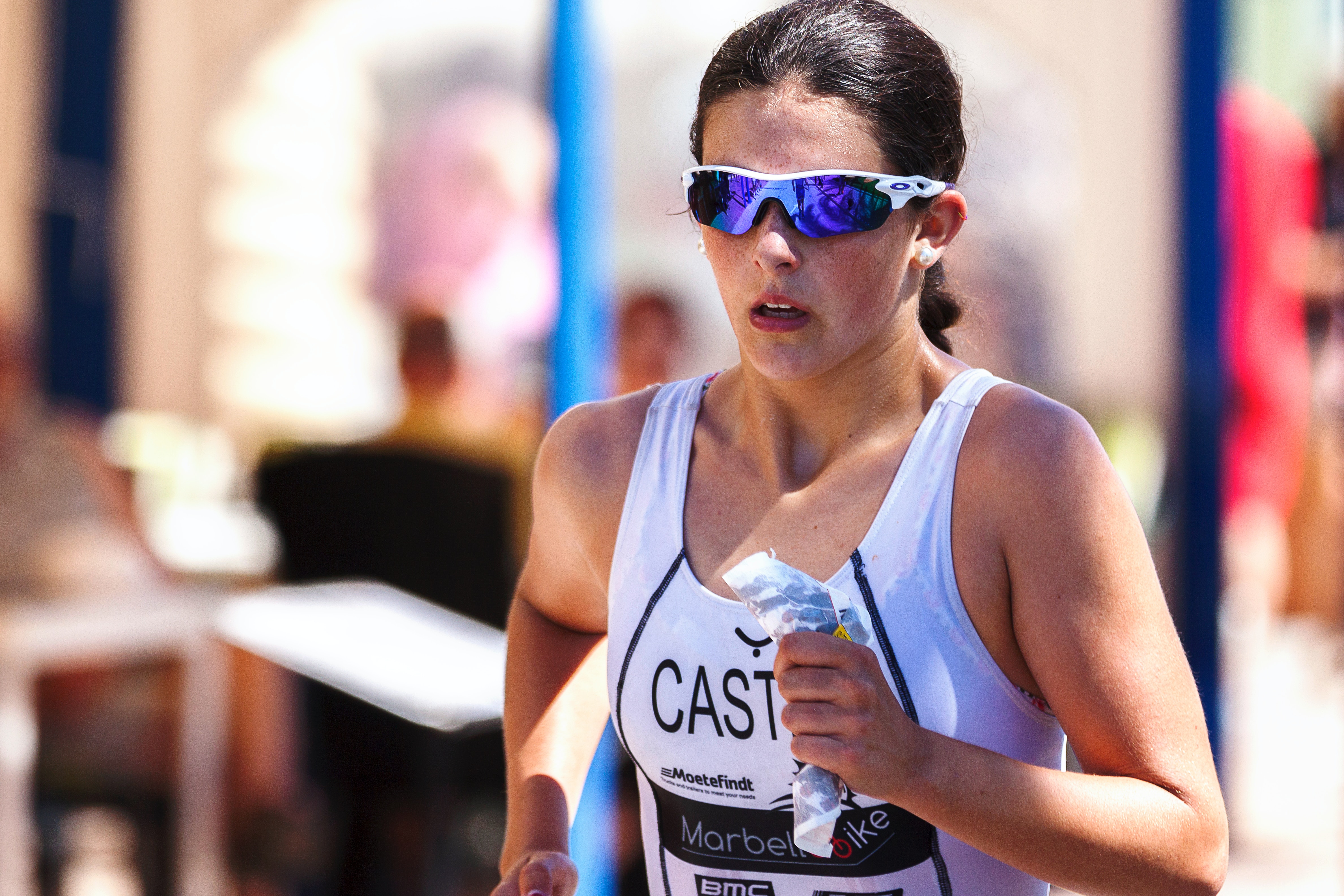September 1, 2023 by Fuel & Fortify
Lactate Management from Start to Finish

The claim that warming up before a race is beneficial is an absolute no-brainer. We’re not here to tell you that.
But our exploration here is a personal one—a diabolical recount from a recent race performance from one of the team at Fuel & Fortify.
The splits were set, the strategy clear, and the energy high. And this next part, well we’re all familiar with this scenario—pre-race start dramas that leave no room for a warm-up.
What transpired in the opening kilometers served as a powerful lesson–—one that underscores the very importance of warming up!
Rather than smoothly settling into the anticipated rhythm, they quickly found themselves thrust into the red zone—–the pace was simply too hot. Logically, they took the foot off the gas a little in a bid to recalibrate the effort. But all firepower was gone—any ability to surge forward again and reclaim lost momentum seemingly vanished as quickly as the runners bolting ahead of them.
Brief Lactate Recap
When limited amounts of oxygen are available and your body is attempting to convert glucose into energy, it yields lactate as a byproduct—a process also known as anaerobic glycolysis. When we back off to easy running, this lactic acid can be reconverted into energy, carrying away hydrogen ions. Consequently, lactate production and hydrogen clearance remain relatively stable during easy aerobic runs, where energy demands aren’t too substantial.
So we know when we pick up the pace and energy demands increase, lactic acid production gradually rises. At a certain point—be it an overly fast or prolonged tempo pace—lactic acid production surges, overwhelming your body’s ability to convert it back into energy. This is where lactate can’t neutralise hydrogen ions, causing muscle cell contraction—and at that point, your muscles stop answering to your demands.
When glucose is broken down to generate ATP, it gives rise to a substance known as pyruvate along with hydrogen ions. As the production of hydrogen ions increases, the muscle’s acidity level rises. Since this process operates in an ‘anaerobic’ manner, there’s an insufficient supply of oxygen to further break down pyruvate and produce additional ATP.
The Warm-Up’s Specific Impact on Lactate
When we warm-up, it’s about getting your body ready at cellular level more than anything. We reach a higher level of aerobic metabolism and this allows the body to reduce the initial oxygen deficit—so that the “anaerobic system can contribute to the energy supply for a greater period of time”.
This study (Wahl et al.) explored different warm-up protocols and gauged the effects on performance and lactate distribution.
The test—a 30 second maximal effort exercise on a cycle ergometer (nowadays we call them smart trainers!). Before each exercise, the participants warmed up at three different intensities, with at least 4 days break between each session.
- No Warm-Up (NWU)
- Extensive Warm-Up (EWU) consisting of 12 minutes cycling at 60% of VO2 peak,
- Intensive Warm-Up (IWU) consisting of 12 minutes cycling at 60% of VO2 peak including three high intensity phases of 10 second at 200% of VO2peak

Mean Power, arguably the most significant statistic there, was 8.5-9% greater than the no warm-up group.
Again, claiming that any warm-up is better than none is hardly earth-shattering.
But the question of warm-up intensity does deserves consideration. Although Wahl’s study suggested that intensity didn’t have a significant impact, a study conducted by Paris et al. provides a nuanced perspective. This research again explored three different warm-up intensities and discovered an optimal range.
The study found that the 1600m time trial performance was executed best when pre-time trial lactate levels ranged from 2.0–4.9 mmol/L, achieved through a moderate-intensity warm-up. Surprisingly, this moderate-intensity warm-up outperformed both higher and lower intensity warm-ups. Intriguingly, even with a prolonged 20-minute rest between the warm-up exercise and the TT performance, the benefits of warming up still hold true.
Importance of Lactate Clearance
The findings so far hold significance regarding the impact of lactate concentrations during warm-ups and, consequently, right before a race simulation. However, when it comes to the heat of the battle, how do we manage lactate?
The traditional perspective on endurance training often revolved around the notion of minimising lactate buildup, emphasising the need to slow down before reaching a point of excessive lactic acid accumulation. The belief was that by avoiding the buildup of lactate, athletes could sustain their performance and delay fatigue. Clearly though, the research has been in our hands for a number of decades now—highlighting the significance of enhancing the body’s capacity to efficiently clear lactate from the bloodstream.
Who could endorse these training techniques more fittingly than Tadej Pogačar, the two-time Tour de France champion? Iñigo San Millán, the Head of Performance at UAE Team Emirates, which is Pogačar’s team, is directly responsible for overseeing the watts he pushes into the pedals. And lactate clearing is top of the agenda.
This translates to a remarkably rapid recovery for Pogačar compared to other riders. While it might take 20 minutes for some cyclists to normalise their lactate levels, Tadej accomplishes this in just two or three minutes. And he’s ready to go again. Watch the man race, you’ll see what we mean.
Amazing insights like these and more were revealed when Iñigo sat down with Global Cycling Network ahead of this year’s Tour de France.
Summary
The importance of warming up before a race is undeniable. Inspired by a less-than-satisfactory race experience, we underscores the critical role of an effective warm-up. Understanding at a cellular level, how lactate operates in the body forces us to think about our training approach—like Running Magazine’s lactate clearance tempo run! This shift changes how we approach lactate threshold training, focusing on efficient energy conversion.
Also, warm-up intensity plays a key role in optimising performance gains. And although the science tells us varying things here—we definitely prescribe to the ’not over cooking it’ approach!
Happy Racing!